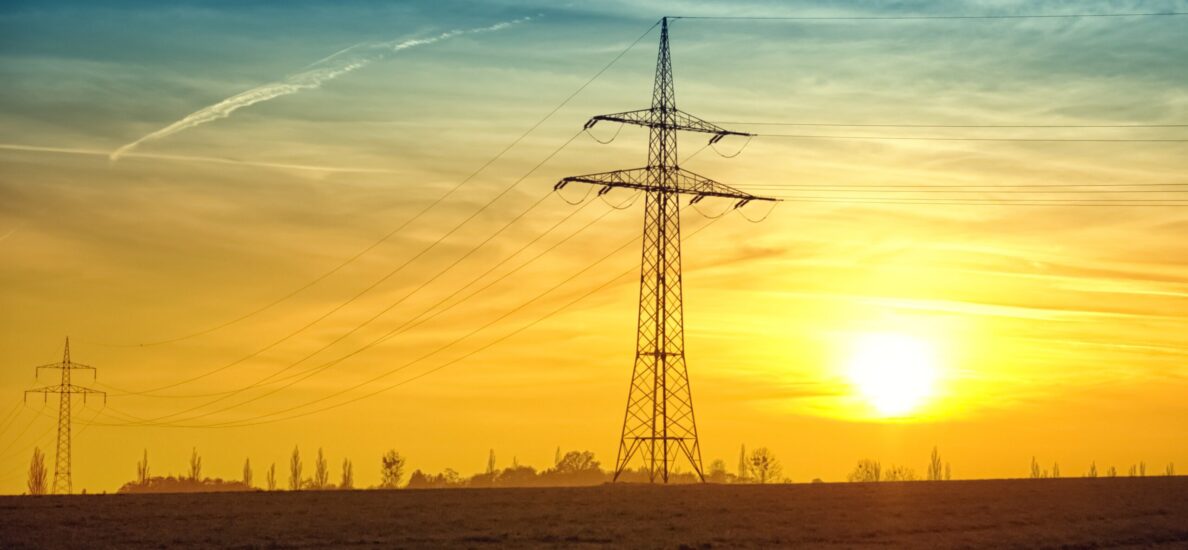Understanding Solar Air Heater
Solar air heaters are becoming increasingly popular in the world of renewable energy as a way to heat buildings using the sun’s natural energy. These systems are simple in design, relatively inexpensive to install, and can provide a significant amount of heat to a home or business. In this article, we will explore the basics of solar air heaters, how they work, and their benefits.
What is a solar air heater?
A solar air heater is a device that uses the sun’s energy to heat air. It consists of a collector that absorbs the sun’s energy and a fan that blows air through the collector, transferring the heat to the air. The heated air is then circulated through the building, providing warmth.
How do solar air heaters work?
The basic principle behind solar air heaters is simple. The collector absorbs the sun’s energy, which heats up the air inside the collector. The heated air then flows out of the collector and into the building, providing warmth.
There are two main types of solar air heaters: passive and active. Passive solar air heaters do not use any external power source, relying solely on natural convection to circulate the air. Active solar air heaters, on the other hand, use a fan to move the air through the collector and into the building.
Passive solar air heaters are typically less efficient than active solar air heaters because they rely on natural convection, which is slower and less consistent than the air flow generated by a fan. However, passive solar air heaters are also simpler in design and require no external power source, making them ideal for remote locations where electricity is not readily available.
Active solar air heaters, on the other hand, are more efficient and provide a more consistent flow of warm air. They require an external power source to operate the fan, but this can be powered by a small solar panel, making the system self-sustaining.
Benefits of solar air heaters
There are several benefits to using a solar air heater to heat your home or business. Here are just a few:
- Cost-effective: Solar air heaters are relatively inexpensive to install, and once installed, they require very little maintenance. They can help to reduce your energy bills by using the sun’s natural energy to provide heat.
- Environmentally friendly: Solar air heaters do not produce any harmful emissions, making them an eco-friendly way to heat your home or business. They also help to reduce your carbon footprint by reducing your reliance on fossil fuels.
- Easy to install: Solar air heaters are relatively simple to install and can be retrofitted to existing buildings. They require minimal modifications to the existing heating system and can be installed on the roof or on a south-facing wall.
- Reliable: Solar air heaters are reliable and require very little maintenance. They have no moving parts, so there is little risk of mechanical failure.
- Versatile: Solar air heaters can be used in a variety of applications, from heating homes and businesses to providing heat for agricultural and industrial processes.
- Long lifespan: Solar air heaters are durable and can last for many years. They require very little maintenance, and the only component that may need to be replaced is the fan, which can last for up to 20 years.
Drawbacks of solar air heaters
While solar air heaters have many benefits, there are also some drawbacks to consider:
1. Limited heat output: Solar air heaters are most effective in sunny climates and may not provide enough heat in colder climates or during cloudy weather.
2. Limited use: Solar air heaters can only be used to heat the air, and cannot provide hot water or other forms of energy.
3. Requires space: Solar air heaters require space to install, either on the roof or on a south-facing wall. This may not be feasible for all buildings.
4. Not suitable for all applications: While solar air heaters can be used in a variety of applications, they are not suitable for all situations. For example, they may not be able to provide enough heat for large industrial processes or in areas with very cold winters. In these cases, a different type of heating system may be required.
Another drawback of solar air heaters is that they can be affected by shading. If the collector is shaded by trees, buildings, or other obstructions, it will not receive as much sunlight and will be less effective at heating the air. This can be a particular problem in urban areas where buildings can cast shadows on neighboring buildings.
Finally, solar air heaters can be affected by wind. If the wind blows across the collector, it can cool the air and reduce the efficiency of the system. To avoid this, it is important to install the collector in a location that is sheltered from the wind.
Solar air heaters are a simple and effective way to harness the sun’s natural energy to provide heat for your home or business. They are cost-effective, environmentally friendly, and easy to install, making them an attractive option for anyone looking to reduce their energy bills and carbon footprint.
While solar air heaters do have some limitations, they can still provide a significant amount of heat in sunny climates and can be used in a variety of applications. With proper installation and maintenance, a solar air heater can provide reliable, long-lasting heating for many years to come.

